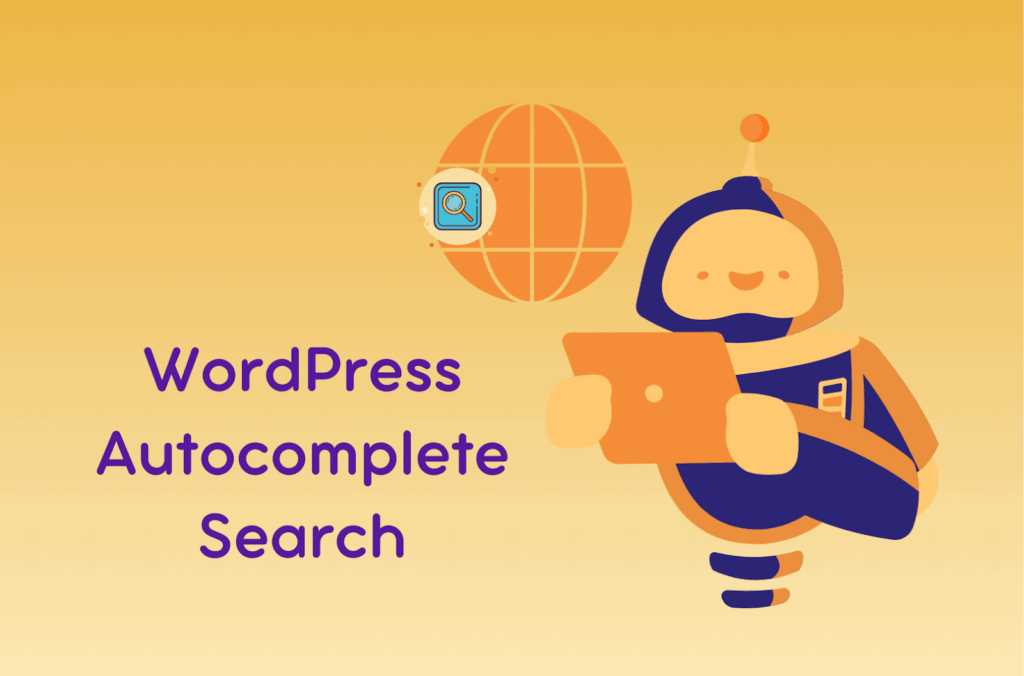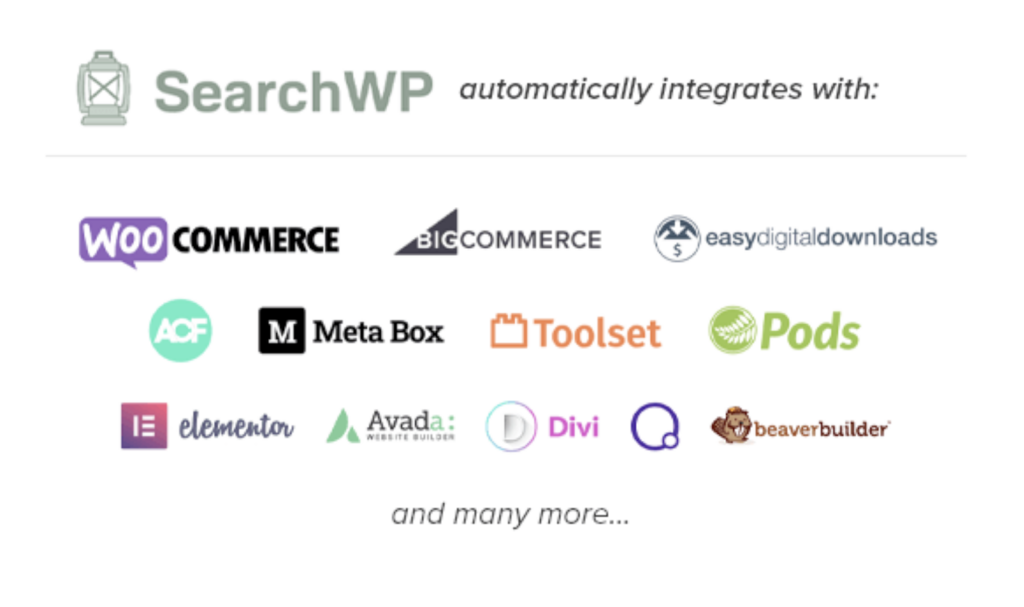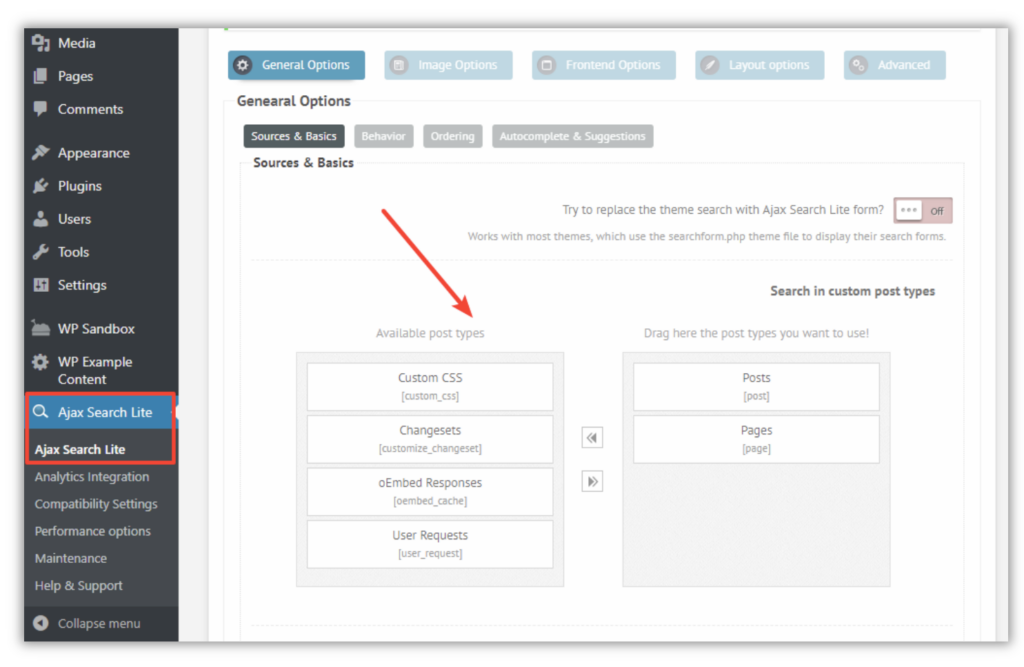Enhancing your WordPress website with autocomplete search functionality can significantly elevate user satisfaction and streamline the search process. By implementing the WordPress Autocomplete Search feature, users receive instant feedback and are guided to the most relevant content swiftly, ultimately saving time and minimizing errors.
WordPress autopilot’s other standout features include customization options and enhanced user experience. With autocomplete search, users receive real-time suggestions as they type. It facilitates quicker content discovery with auto-generated content, minimizing typos and other mistakes.
The feature allows customization of search results, including encoding images or videos, and prioritizing specific content. This seamless enhancement significantly improves the overall user experience without requiring complex coding, thanks to its easy implementation through plugins like SearchWP or Ajax Search Lite.
Contents
ToggleWhy Is WordPress Autocomplete Search Important?

Transitioning from a robust search engine for organic search on Google or Bing, to a website’s internal search functionality can be awkward for users. This is because they are accustomed to the speed, accuracy, and intuitive nature of popular search engines.
Check it out: Best Website Speed Test Tools (Free & Premium)
When users navigate away from these familiar platforms and encounter a website’s internal search feature, they may experience a disconnect in usability and efficiency.
This transition highlights the importance of ensuring that a website’s internal search functionality is optimized to provide a seamless and effective user experience, meeting the high expectations set by external search engines.
Autocomplete search helps in this by ensuring the following:
- Instant Feedback: Autocomplete search provides users with instant search suggestions as they type, mimicking the real-time feedback they’re accustomed to from popular search engines. This feature ensures that users receive immediate guidance and can refine their search queries effortlessly.
- Reduced Errors: By predicting and suggesting search terms, autocomplete search minimizes the chances of typos and spelling errors.
This proactive assistance significantly improves the accuracy of search results, helping users find relevant content more efficiently.
- Customization Options: Users can customize the search functionality according to their preferences. The importance of user context lies in prioritizing specific search results. That covers images or videos, and incorporates relevant keywords or phrases into the autocomplete suggestions.
Such customization empowers users to tailor their search experience to align with their specific needs and interests.
- Enhanced User Experience: Autocomplete search significantly enhances the overall user experience on a website. By providing real-time suggestions and simplifying the search process, it reduces user frustration and encourages engagement. This, in turn, contributes to improved user satisfaction and retention rates.
- Easy Implementation: Implementing autocomplete search on a WordPress site is straightforward, thanks to various plugins available for this purpose. Plugins like SearchWP, Ajax Search Lite, or Better Search offer seamless integration without the need for extensive coding.
This ease of implementation ensures that website owners can quickly deploy autocomplete search and start reaping its benefits.
Read More: How To Make The Most Out Of Google Autocomplete For SEO?
Finding It Difficult to Set Up Autocomplete Search to Your WordPress?
Let us help with a quick fix!
3 Ways to Add WordPress Autocomplete Search to Your WordPress Site
Let’s explore three effective methods to integrate autocomplete search into your WordPress site. These approaches ensure a smoother and more user-friendly search experience for visitors.
WPSolr

WPSolr is a powerful plugin that enhances the search functionality of WordPress sites, including the implementation of autocomplete search. It integrates seamlessly with your existing WordPress site, providing advanced search capabilities to improve user experience and content discovery.
WPSolr offers a comprehensive set of features to enhance your WordPress site’s search functionality. One of its key features is easy WordPress autocomplete search. It provides users with impromptu suggestions as they type in the search bar. These suggestions are based on indexed content, ensuring accuracy and relevance.
With WPSolr, you can customize the autocomplete search to prioritize specific content types, such as posts, pages, or custom post types. Additionally, you have the flexibility to adjust the appearance and behavior of the autocomplete suggestions to match your site’s design and user preferences.
Furthermore, WPSolr offers advanced search capabilities, including faceted search, fuzzy search, and multi-index search, allowing users to refine their search queries and find content more efficiently.
After installing the plugin, access its settings page within the dashboard. Navigate to the tab labeled “Define your search with Elastic.co – GCloud,” where you’ll discover an option named “Show suggestions in the search box.”
Cost: A WPSolr license is priced at €499 annually (approximately $215 annually).
SearchWP

SearchWP is another popular plugin for improving the search functionality of WordPress sites. It offers various features to enhance search accuracy and relevance, including the ability to implement autocomplete search. With SearchWP, you can provide users with instant search suggestions as they type, improving the overall search experience on your site.
SearchWP integrates seamlessly with your WordPress site, allowing you to customize the search functionality to meet your specific needs. One of its standout features is autocomplete search, which provides users with real-time suggestions based on indexed content.
With SearchWP, you can configure the autocomplete search to prioritize specific content types, taxonomies, or custom fields. Additionally, you have the flexibility to adjust the appearance and behavior of the autocomplete suggestions, ensuring a seamless integration with your site’s design and user experience.
Furthermore, SearchWP offers advanced search features, such as keyword stemming, synonym support, and search term highlighting, enhancing the accuracy and relevance of search results. Overall, SearchWP is a versatile plugin for adding autocomplete search functionality to your WordPress site, improving user experience and content discovery.
Cost: The standard SearchWP license for a single site is priced at $99. The Live Ajax Search extension available at no additional cost.
Ajax Search Lite

Ajax Search Lite is a lightweight and easy-to-use plugin for implementing autocomplete search on WordPress sites. It offers a simple yet effective solution for improving the search experience and helping users find content more efficiently.
Ajax Search is designed to integrate seamlessly with your WordPress site, providing instant search suggestions as users type in the search bar. The autocomplete suggestions are based on indexed content, ensuring accuracy and relevance.
With Ajax Search, you can customize various aspects of the autocomplete search, including the appearance, behavior, and search criteria. You have the flexibility to prioritize specific content types, taxonomies, or custom fields in the autocomplete suggestions, allowing you to tailor the search functionality to meet your site’s specific needs.
Furthermore, Ajax Search offers a range of customization options for the search results page, including layout, styling, and pagination. Additionally, it includes support for various languages and provides built-in caching to improve performance.
Cost: Ajax Search Lite is available at no charge, while the premium version of the plugin begins at $36.
Can You Add WordPress Autocomplete Search without a Plugin?

WordPress Autocomplete search without a search plugin may be suitable for site builders who are comfortable with JavaScript and have a basic understanding of web development. As touched upon earlier, implementing autocomplete search typically involves using Ajax. This is done alongside jQuery, which takes the easiest approach for integrating this feature into WordPress.
If you’re confident in your ability to work with JavaScript and have a grasp of web development concepts, such as event handling and DOM manipulation, then manually adding autocomplete functionality to your site could be a viable option. This approach allows for greater customization and control over the implementation of autocomplete search without relying on third-party plugins.
However, if you lack experience or confidence in JavaScript programming, sticking with plugins may be a more practical choice. Plugins offer a user-friendly interface and streamline the process of implementing autocomplete search, making them a better option for users who prefer a simpler solution or who have limited coding knowledge.
Ultimately, the decision to try autocomplete without a plugin depends on your familiarity with JavaScript and your comfort level with manual code implementation in WordPress. Follow these steps for adding autocomplete plugin-free:
- Create a Custom Search Engine: Navigate to Expertrec custom search engine, and sign up with your Google ID to create a custom search engine for your website.
- Implement Autocomplete: Enable the autocomplete feature in your custom search engine, which will provide real-time suggestions to users as they type in the search bar on your WordPress website.
- Retrieve Search Results: Use WordPress functions such as get_posts() or WP_Query to retrieve search results based on the user’s input. Customize the search parameters to match your site’s content and filtering requirements.
- Generate Autocomplete Suggestions: Process the retrieved search results to generate autocomplete suggestions. Display these suggestions in real-time as the user types in the search box, providing instant feedback and guidance.
- Display Autocomplete Suggestions: Use JavaScript and AJAX to dynamically display the autocomplete suggestions below the search box as the user types. Customize the appearance and behavior of the autocomplete suggestions to match your site’s design and user experience.
- Handle Autocomplete Selection: Implement functionality to handle user selection of autocomplete suggestions. When a user clicks or selects an autocomplete suggestion, redirect them to the corresponding search results page or content item.
- Add Code to Functions.php: Open your theme’s functions.php file and add code to enable search autocomplete functionality. This code will listen for user input in the search box and generate autocomplete suggestions based on your site’s content.
Add Autocomplete Search to Your WordPress without Plugins
Let’s dive into how you can implement WordPress autocomplete search on your website without relying on plugins. Integrating the functionality into your WordPress website manually necessitates engaging with code. But there are diverse approaches to tackle the project, each presenting varying levels of complexity.
Here is the simplest way of doing the job –
- Set Up Your Development Environment: Ensure you have your preferred code editor ready to go. Familiarize yourself with HTML, CSS, and JavaScript – these will be your building blocks for creating the autocomplete search feature.
- Leverage Ajax for Real-Time Data Retrieval: Ajax is your go-to tool for fetching data from your server without page reloads. Integrate Ajax into your code to enable real-time search suggestions as users type in the search bar.

- Design a Sleek Search Bar: Craft a visually appealing search bar that seamlessly integrates into your site’s design. Pay attention to user experience and ensure the search bar is intuitive and easy to use.
- Implement Autocomplete Functionality: Utilize JavaScript to implement autocomplete functionality. As users type in the search bar, dynamically generate and display relevant search suggestions based on the available data.
- Test, Optimize, and Deploy: Thoroughly test your autocomplete search feature across different browsers and devices to ensure compatibility and functionality. Fine-tune your code for optimal performance and deploy the feature to your live website.
In case of adding autocomplete search for custom tables and implementing live search with Ajax, it’s a good idea to put the code into a plugin. This way, you can easily turn the autocomplete feature on or off whenever you want. It’s perfect if you plan to change how it works later on.
Autocomplete for WordPress can enhance the user experience when paired with WordPress knowledge-related plugins by providing quick and relevant suggestions as users type their queries. Ultimately, it improves navigation and accessibility within the knowledge base.
Learn More: Top Free WordPress Knowledge Base Plugins
WordPress Autocomplete Search: Best Practices
Ignoring current best practices for autocomplete with WordPress can lead to several pitfalls. These include a poor user experience due to inaccessible search functionality, confusion caused by unclear labels, cluttered search bars from unlimited suggestions, and suboptimal performance from lack of regular testing.
Make sure you are doing the following –
- Ensure the search bar is visible and accessible on all pages for easy navigation.
- Use clear and concise labels to describe the search function, making it easy for users to understand.
- Implement predictive suggestions to provide instant feedback and guide users towards relevant content.
- Limit the number of autocomplete suggestions to maintain a clean and user-friendly search bar.
- Incorporate relevant keywords or phrases in autocomplete suggestions to improve search accuracy.
- Consider including visually engaging image or video suggestions to enhance user experience.
- Customize autocomplete search results to prioritize relevant and popular content on your website.
- Regularly test and monitor autocomplete functionality to identify and address any issues promptly.
- By implementing these actionable steps, you can optimize your WordPress autocomplete search and provide a seamless and efficient search experience for your website visitors.
Conclusion
Autocomplete search is a powerful ally in the quest for an enhanced user experience on WordPress websites. By offering instant feedback, reducing errors, and meeting the high standards set by external search engines, autocomplete search ensures a seamless and effective search process.
With plugins like SearchWP or Ajax Search Lite, implementation is a breeze, allowing website owners to swiftly deploy this feature and unlock its myriad benefits.
Set up WordPress Autocomplete today!
FAQ
How does WordPress autocomplete search enhance user satisfaction and streamline the search process?
WordPress autocomplete search enhances user satisfaction in two main ways – instant feedback and by streamlining the search process with real-time suggestions.
What are the key benefits of implementing autocomplete search on WordPress websites?
Key benefits include improved user experience, reduced errors, and meeting high search engine standards.
What are some best practices for optimizing autocomplete search functionality in WordPress?
Best practices include keeping the search bar accessible, using clear labels, limiting suggestions, and testing functionality regularly.
How can website owners easily deploy autocomplete search on their WordPress sites using plugins like SearchWP or Ajax Search Lite?
Website owners can easily deploy autocomplete search using plugins like SearchWP or Ajax Search Lite, which offer seamless integration and quick implementation.


















